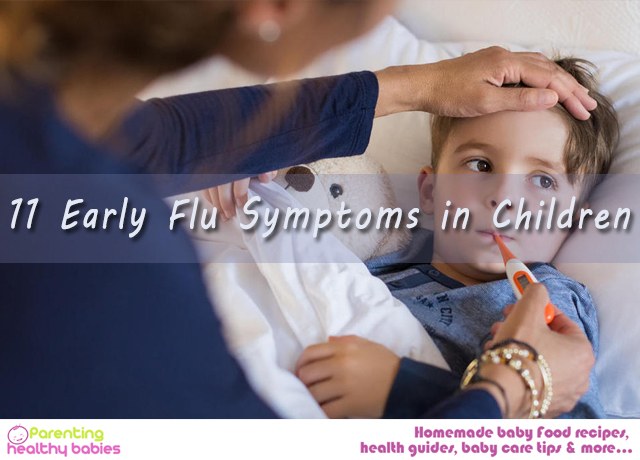Redness in the skin, itching in the affected area, swelling, blisters and difficulty in breathing are some of the symptoms of poison oka rash in kids. Poison ivy rash is caused by an allergic reaction to an oily resin present in the leaves, stems and roots of poison ivy, poison oak and poison sumac plants.
A Guide for Poison Oak Rash in Kids
Symptoms of poison oak
The symptoms of poison ivy or poison oak rash are as follows:
- Redness in the skin.
- Itching in the affected area.
- Swelling in that part.
- Blisters
- Difficulty in breathing, in case you’ve inhaled the smoke from burning poison ivy.
The rash usually looks like a straight line because of the way the plant brushes against your skin. But if your kid comes into contact with a piece of clothing or pet fur that has the oily resin on it, then the rash may become contagious. The oil can also be transported to other parts of your kid’s body with their fingers. The reaction generally develops half to two days after exposure and lasts for approximate two to three weeks. The severity of the rash depends on the amount of the oily resin that gets on your kid’s skin. A section of skin with more of the oily resin on it may develop a rash sooner. Your kid’s skin must come in direct contact with the plant’s oil to be affected. Blister fluid doesn’t spread the rash.
Read More: Poison Ivy Infection: Symptoms, Prevention and Home Remedy
Causes of poison oak
Direct Touch
Do not let your child touch the leaves, stem, roots or berries of the plant directly, they may have a reaction.
Touching Contaminated Objects
Do not let your child walk through some poison ivy and then later touch their shoes; they may get some of that oily resin on their hands, which they may then transfer to their face or body by touching or rubbing. If the contaminated object isn’t cleaned, the resin on it can still cause a skin reaction years later.
Inhaling Smoke From The Burning Plants
Even the smoke from burning poison ivy, poison oak and poison sumac contains that resin, which can irritate or harm your kid’s nasal passages or lungs.
A poison ivy rash itself isn’t contagious because blister fluid doesn’t contain urushiol or the oily resin and won’t spread the rash. Also, your child can’t get poison ivy from another person unless they’ve touched the oily resin, that’s still on that person or his or her clothing.
Read More: 11 Common Skin Problems in Children
Risk Factors of poison oak
Outdoor activities can put your kids at higher risk for exposure to poison ivy, poison oak and poison sumac. They are as follows:
- Farming
- Forestry
- Landscaping
- Gardening
- Firefighting
- Construction
- Camping
- Fishing from the shoreline or hunting
- Cable or telephone line installation
- Playing
Complications of poison oak
If your kid scratches a poison ivy rash, bacteria may get under their fingernails and might cause the skin to become infected. Please consult your doctor if pus starts oozing from the blisters. Treatment generally includes antibiotics.
Read More: Common Allergies among Children: Causes and Tips to Avoid
Prevention of poison oak rash
To prevent poison ivy rash, follow these tips:
Avoid The Plants
Teach your kid how to identify poison ivy, poison oak and poison sumac in all seasons. When hiking or engaging in other activities that might expose them to these plants, ask them to stay on pathways clear from these plants. If they are camping, ask them to pitch their tent in an area free of these plants.
Try to keep pets from running through wooded areas so that urushiol doesn’t accidentally stick to their fur, which your kid then may touch.
Make Your Kid Wear Protective Clothing
If it is absolutely needed, protect your kid’s skin by making them wear socks, boots, pants, long sleeves and vinyl gloves.
Remove Or Kill The Plants
In your yard, you can get rid of the poison ivy plant by applying an herbicide or pulling it out of the ground, including the roots, while wearing heavy gloves. Afterwards, you may remove the gloves and thoroughly wash them and your hands. Don’t burn the plants because the resin can be carried by the smoke. You can save your kid in this manner.
Read More: Contact Dermatitis in Babies: Symptoms, Causes and Treatment
Wash Your Pet’s Fur Or Your Kid’s Skin
Within half an hour after exposure, use soap and water to gently wash off the harmful resin from your kid’s skin. Scrub under their fingernails too. This helps prevent a rash. Even washing after an hour or so can help reduce the severity of the poison oak rash.
If you think your pet may be contaminated with the resin, put on some long rubber gloves and give your pet a bath.
Thouroughly Clean The Contaminated Objects
If you think your kid has come into contact with the poisonous plant, wash their clothing promptly with detergent; ideally wash it in a washing machine. Handle all their contaminated clothes carefully so that you don’t transfer the urushiol to yourself, furniture, rugs or appliances.
Please wash all the other contaminated items, such as outdoor gear, garden tools, jewelry, shoes and even shoelaces, as soon as possible. The resin is capable of remaining potent for years. So if you put away a contaminated jacket without washing it and take it out a year later in order to wear it, the oil on the jacket may still cause a rash.
Apply A Protective Cream On Your Kid’s Skin
Try the necessary skin products that are intended to act as a barrier between your kid’s skin and the oily resin that causes poison ivy rash.
To conclude, poison oak isn’t directly contagious, but you should take extreme care of your child, while he is recovering from it and coming across a person suffering from it.
Read More: 11 Signs And Symptoms That A Baby Is Allergic To Formula













